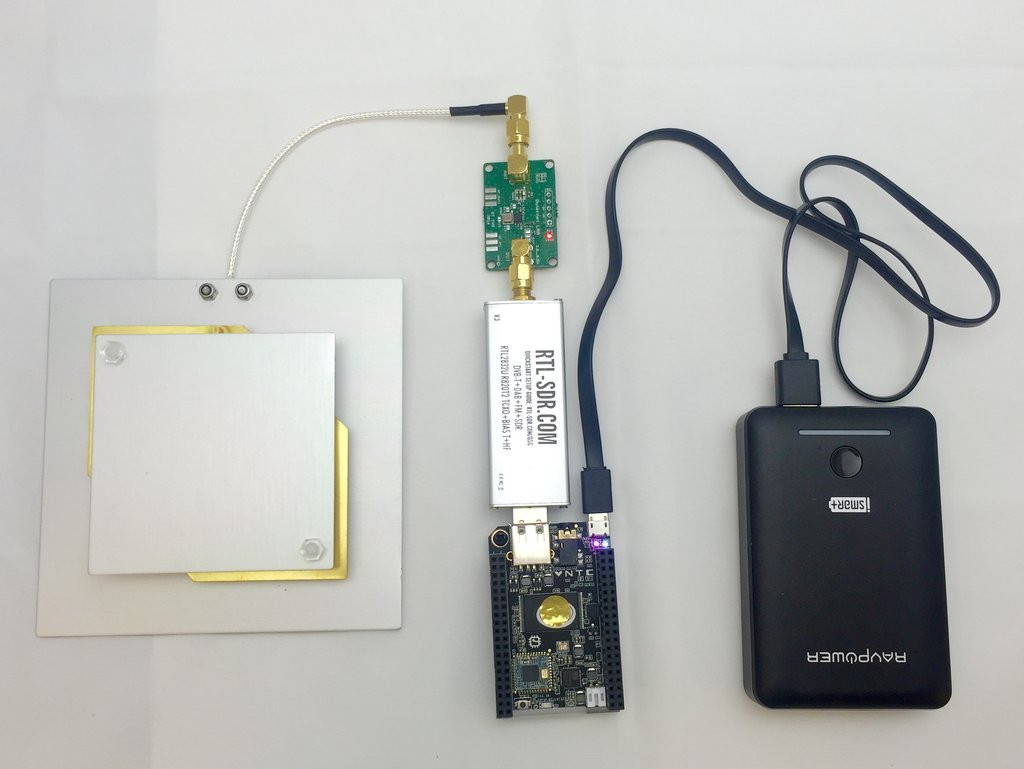As of 2015, it was estimated that roughly 60% of the world's population doesn't have consistent access to the internet. Political policy in many eastern countries like Saudi Arabia, Iran, Syria, China, Tunisia, and Turkmenistan regulates internet access heavily, often screening all date through their networks with keyword and keystroke trackers, as well as having the administrators of internet cafes and other public networks to forfeit network information. According to the most recent estimates in 2012, only about 13.5% of the African population had Internet access, with 2/3 of that overall online activity being generated in South Africa, which accounts for only 5% of Africa's total population. With poor infrastructure as the norm throughout most of continental Africa, as well as rolling blackouts in areas that have power and the high cost of internet services in Africa, consistent access to the internet is reserved for the wealthy in developed areas.
Outernet functions as a sort of "offline-internet," with a cache of information at its core, including thousands of Wikipedia articles, Encyclopedias, How-To videos, and much more. Their start-up product, The Pillar, was a basic solar-charged receiver designed to be users' access point to Outernet; however, technical flaws led to a redesign, resulting in The Lantern. The Lantern, originally designed to be shaped like an actual lantern and function much like a Wi-Fi hotspot, also ran into design flaws and has since been designed into a more rugged, compact shape, roughly the size of a large calculator. Demand for the Lantern is high and has caused shipping back-ups, but consumers can still purchase a DIY kit version of the Lantern for $99USD.
The Lantern DIY kit uses a Raspberry Pi computer and connects to Outernet satellites via a satellite dish. Users in North America and most of Europe need only a 20-40 inch satellite dish to connect. The Outernet crew intends to use a large array of small cubesats to increase broadcast coverage and decrease satellite receiver size, to the point that a satellite dish is no longer necessary and can be replaced by a receiver that fits in the user's pocket. The Outernet system doesn't use the same network(s) as the Internet. Rather than using vast networks with two-way traffic -upload and download- Outernet administrators and users can upload files to the Outernet filecast system via the internet, which are then broadcast to the Immarsat I4 satellite constellation, then routed down to Outernet receivers. Information, no matter the format, is broadcast as radio waves and transmitted to the receivers. Users can then connect Wi-Fi enabled devices to the Lantern or DIY receiver to view information.
The Outernet doesn't operate like the Internet does, with IP adresses and web pages, but rather different categories of information that are broadcast to the receivers via the Outernet network. Broadcasts are divided into three categories: The Queue, Sponsored Content, and the Core Archive. Users can upload information like local news and weather, books, as well as personal files, emails, etc. Users have access to uncensored content from anywhere in the world, and since Outernet only broadcasts one-way, users can browse vital information from anywhere on earth, completely anonymously.
Ref: http://www.southgatearc.org/news/2017/january/reverse-engineering-%20the-outernet.htm#.WKyZjfkrJEY
http://www.bbc.com/news/technology-29593734



